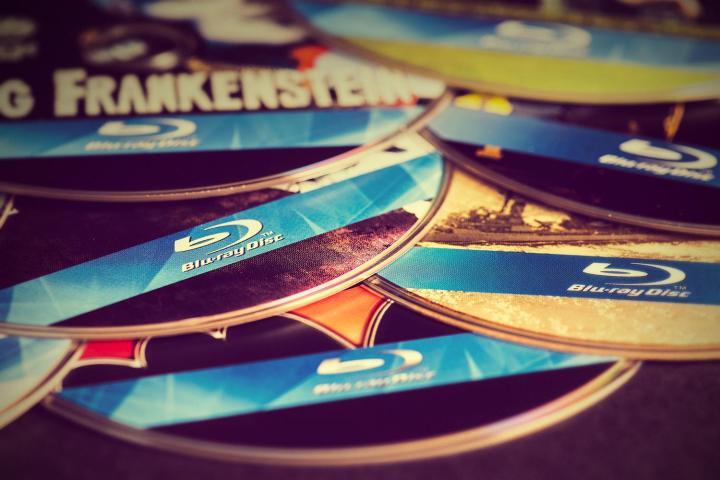
Recent news from Sony and Panasonic about a new type of disc designed to hold up to 1 terabyte of data has the Internet buzzing about its implications. Could this be the piece of the puzzle we need to bring home 4K movies in the future? Do we need to trash our just-acquired Blu-ray players and drop more cash for next-generation boxes that spin next-generation discs? Will there be a new “format war?”
No, no, and no. The Blu-ray as we know it is the end of the road for the video disc. From here on out, the next innovations in home movie delivery will all surround streaming or digital downloads, and the announcement of these new discs only reinforces that.
Here’s why.
First, the disc announcement of so-called Archival Discs made absolutely no mention of using them for video. In fact, partners Sony and Panasonic went out of their way to distance themselves from the possibility. “The development is specifically for professional archiving,” a Panasonic spokesman told PCAdvisor. “We are not currently considering optical discs for household consumer use.” In other words, you won’t be able to buy Archival Disc players for your PC, much less for your TV.

So if Blu-ray can handle 4K, what’s the holdup? Although no major consumer electronics manufacturer has gone so far as to vocally swear off the idea, they are clearly making a concerted push toward digital downloads and streaming media instead.
For instance, at CES 2014, we spoke with Sony’s Vice President of Merchandising & Operations, Brian Siegel, about the notion of 4K movies on Blu-ray or some other disc-based format. Siegel stopped short of coming right out and saying it had no plans to release a 4K Blu-ray player, but he did make a big deal out of discussing Sony’s partnership with YouTube, its cooperation with Netflix, and its plans for a broader 4K distribution model, all of which are based entirely on 4K media streaming and downloads. Consider, too, that when Sony – the pioneer of Blu-ray – introduced its first 4K televisions, it responded to cries for 4K content delivery by developing a 4K media player that played back digital files, not discs.
When we look back on the Blu-ray in 20 years, we’ll look at it as the final champion of physical media.
With those barriers still standing, it still makes sense to keep the Blu-ray disc around, even if it might not enjoy the same long-lasting popularity the DVD has. But there’s no question about what’s next, and it isn’t Archival Discs – it’s streaming. When we look back on the Blu-ray in 20 years, we’ll look at it as the final champion of physical media and the last reminder of a generation that spun discs, not hard drives, for their movie and music entertainment.



